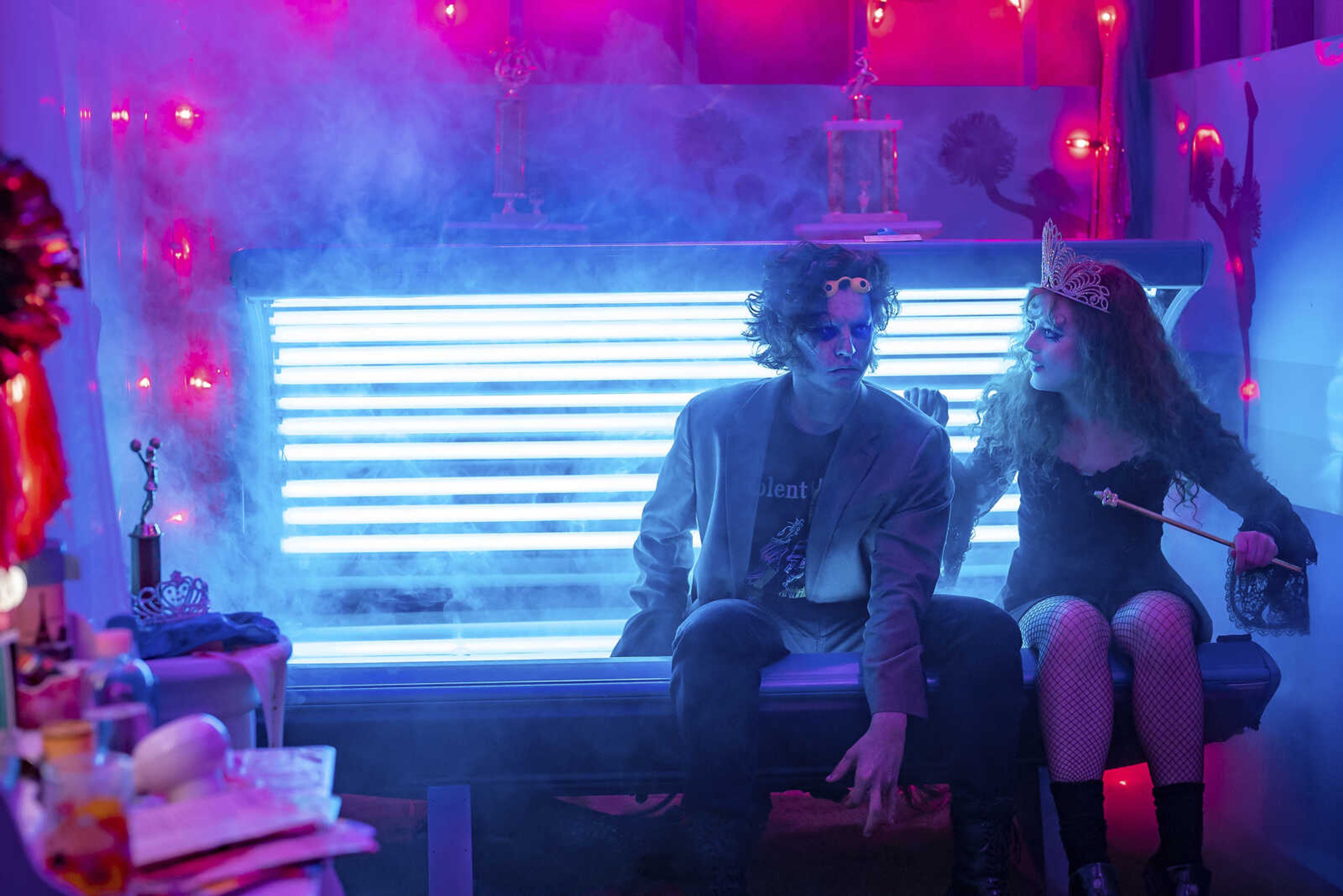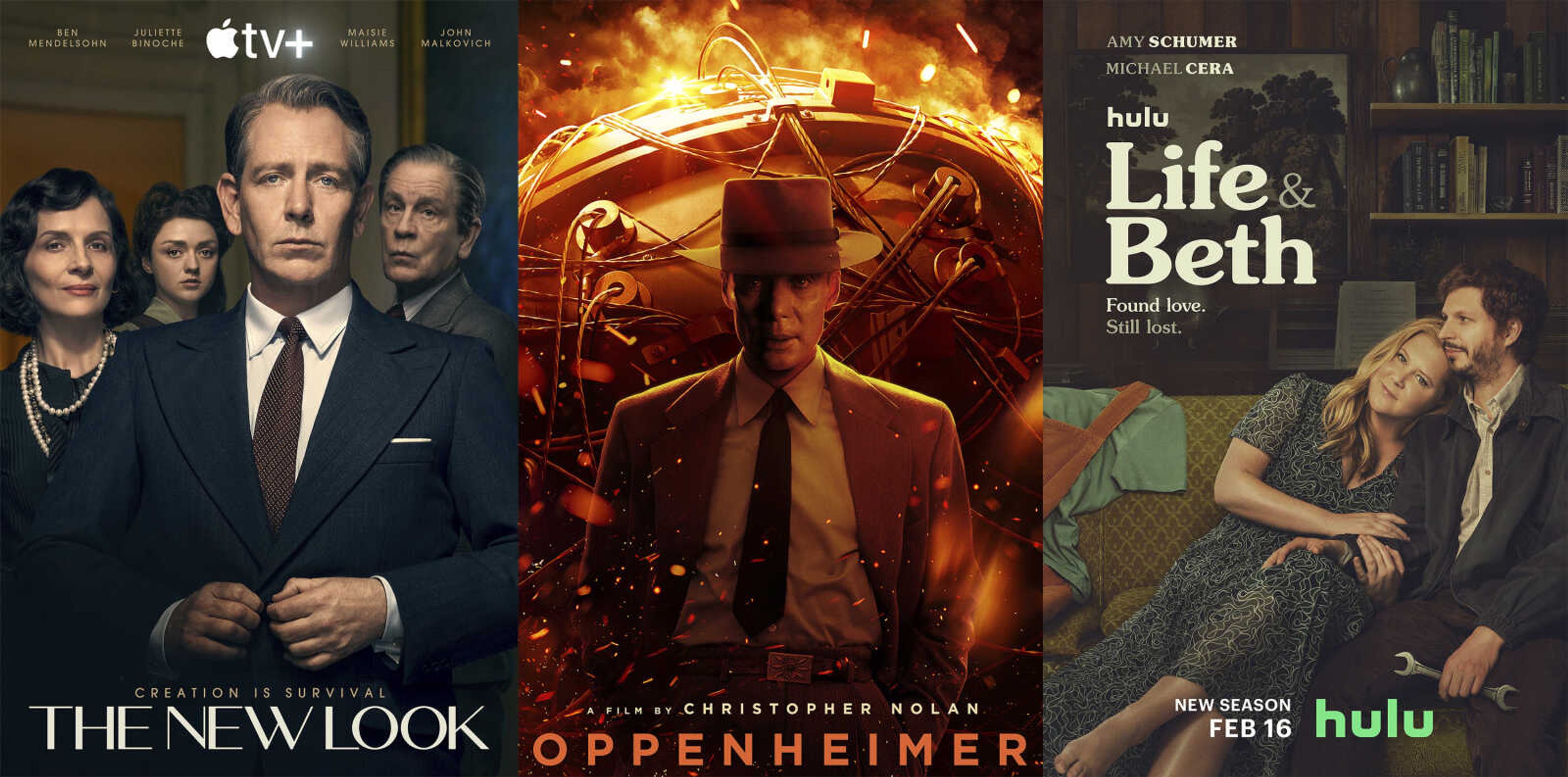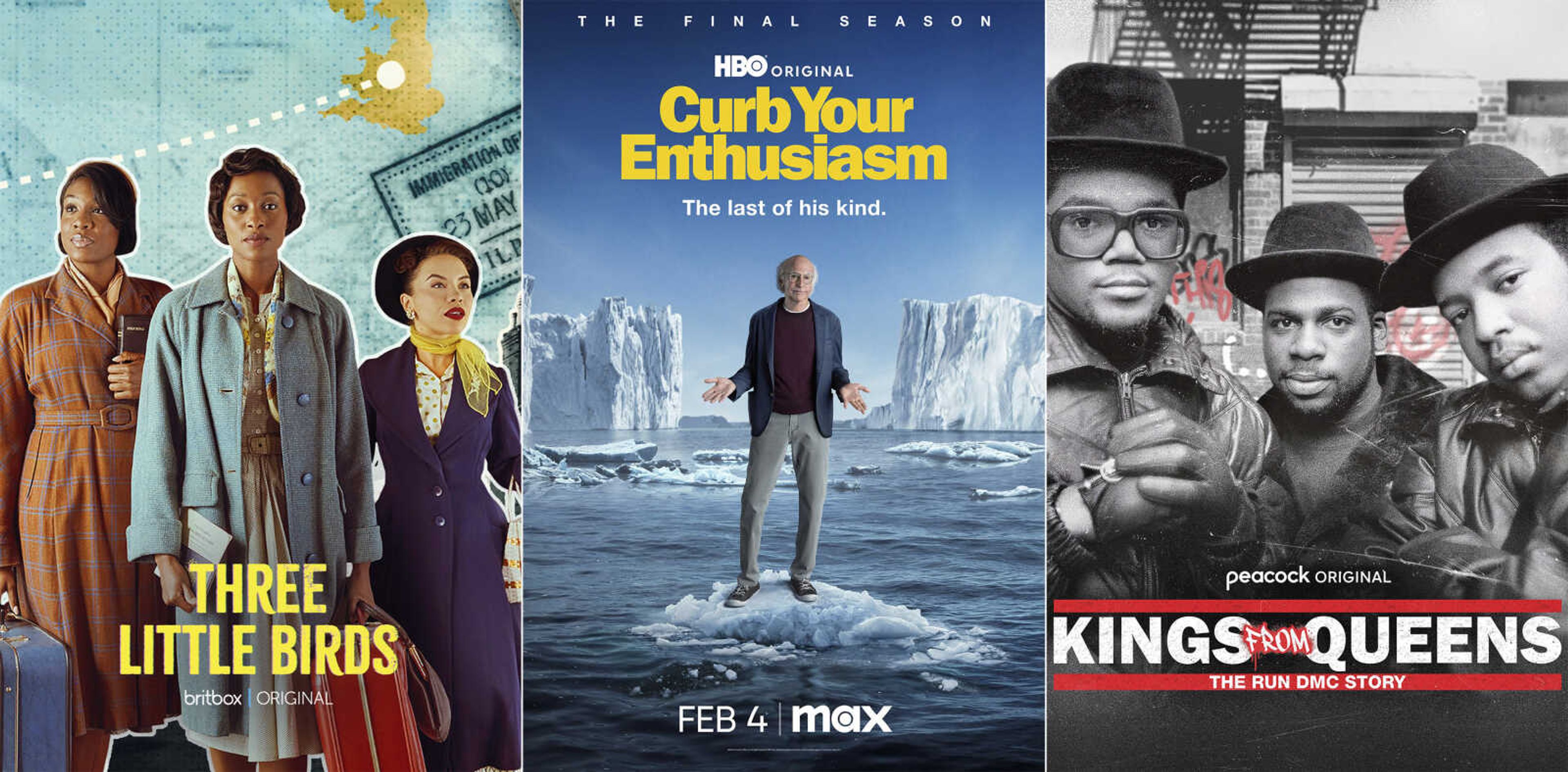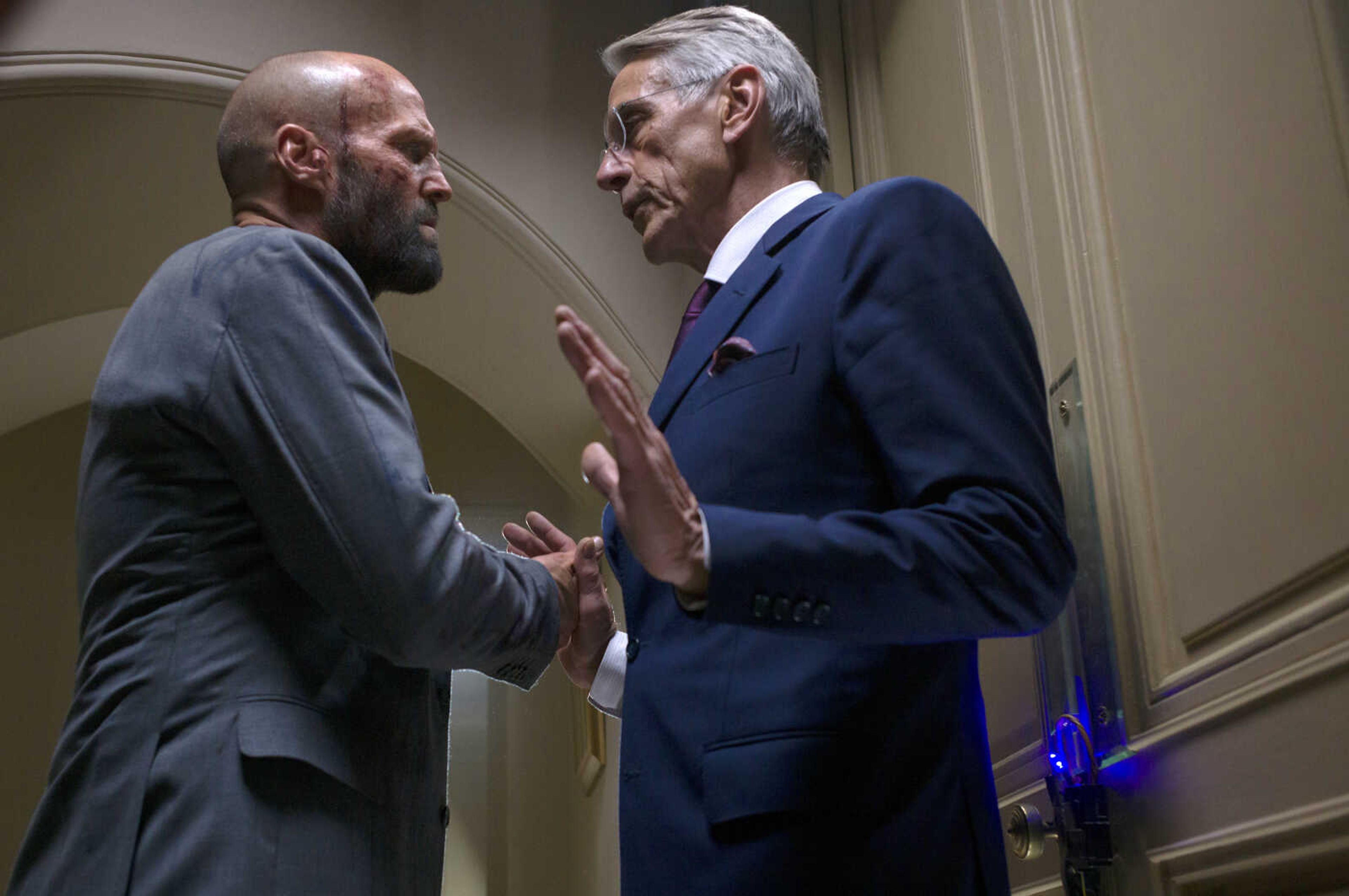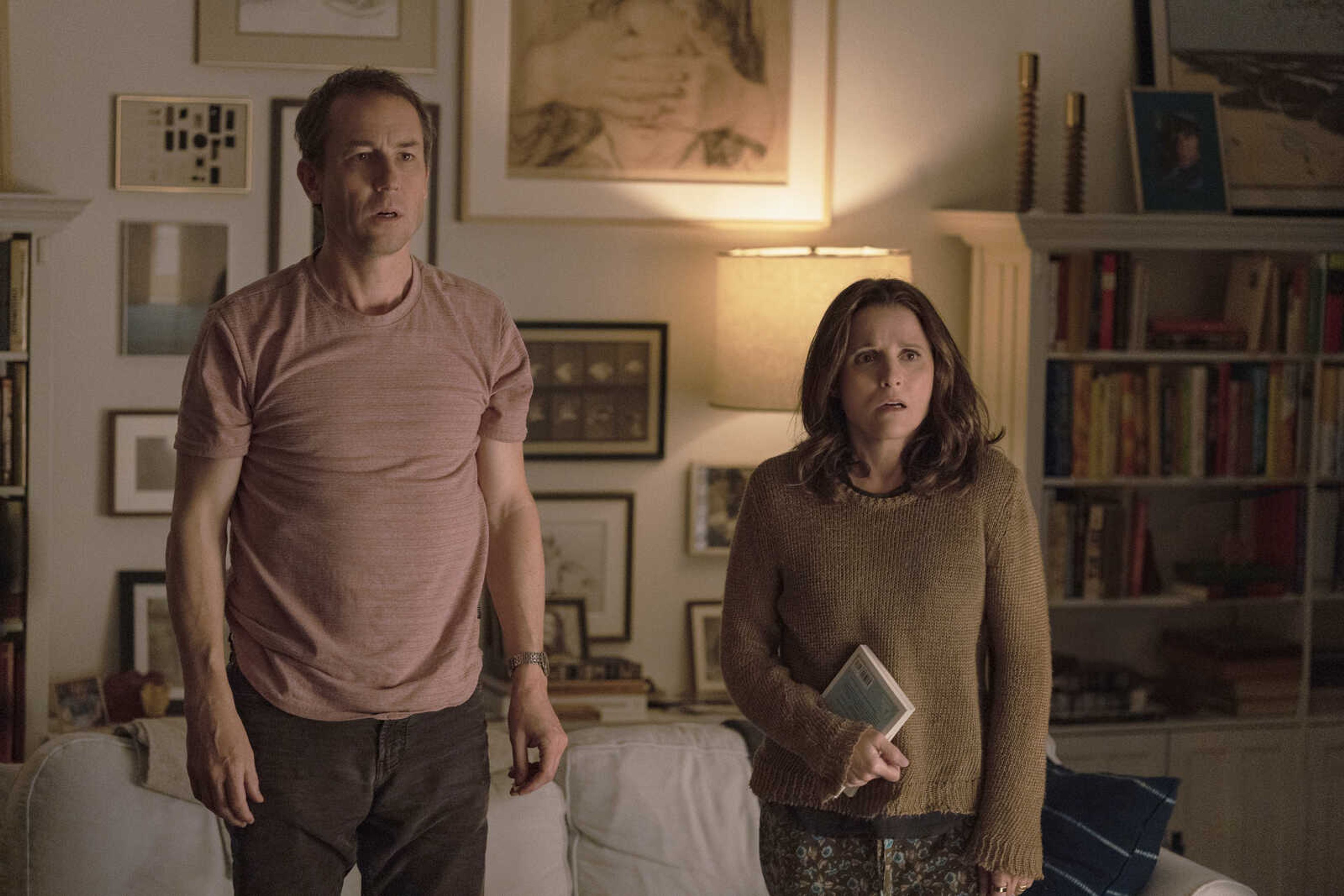'Polar Express' finally makes it to big screen
NEW YORK -- A wide-eyed boy in cozy blue robe and proper yellow pajamas has his hope and faith tested in the book "The Polar Express." But Chris Van Allsburg, who wrote and illustrated the children's classic almost 20 years ago, insists he did not base the adventurous child on himself. "My haircut was a bit more of a brush cut," he says...
NEW YORK -- A wide-eyed boy in cozy blue robe and proper yellow pajamas has his hope and faith tested in the book "The Polar Express."
But Chris Van Allsburg, who wrote and illustrated the children's classic almost 20 years ago, insists he did not base the adventurous child on himself. "My haircut was a bit more of a brush cut," he says.
Still, the bedroom from which the boy peers out to see if Santa Claus is on his way could be the very same room where Van Allsburg spent many Christmas Eves wondering the very same thing. And the quiet, snow-covered streets that swirl past the window after the boy boards a giant steam train to take him to the North Pole certainly were inspired by the Grand Rapids, Mich., neighborhood in which Van Allsburg lived as a child.
Van Allsburg also says he recalls grappling with doubts that Santa was real. He, too, came to the realization that if you don't believe in the jolly red guy, you end up losing more than you've gained.
"The Polar Express" wasn't just about a trip, he says. "It was about my own feelings when I was 8 or 9. I wasn't consciously writing about these feelings and beliefs, but I ended up writing about a time that did bring me a lot of happiness and joy."
Since first published in 1985, "The Polar Express" has brought similar happiness and joy to millions of youngsters -- and their parents. The Houghton Mifflin book has sold more than 6 million copies and now has been turned into a feature film starring Tom Hanks. The movie opens Wednesday, and there will be seven new "Polar Express"-themed books tied to it.
"A lot of parents today had it read to them as kids. It's something they want their own kids to have," says Sally Bulthuis, co-owner of Pooh's Corner, a children's bookstore in Grand Rapids. "If kids know one Christmas story other than 'The Night Before Christmas,' it's this one."
As the local hero, Van Allsburg's books usually sell well, but none more so than this one, Bulthuis says. "People love reading it to their children because children love the adventure to the North Pole. And [adults] say as they read it themselves, there's a hankie in their hand at the end. There's something in the story that resonates with every age."
Van Allsburg, interviewed from the house in Providence, R.I., that he now calls home with his wife and two daughters, never set out to write a coming-of-age classic. What captured him from the start was the train.
"'The Polar Express,' I believe, was a story that came to me fairly quickly. It was more like a recovery of a memory than cooking up a story," he explains.
"It started out in my imagination as a story about a train -- the idea of a train standing still in the forest of the winter. I imagined myself as a child approaching the train and that I could ask the train to take me anywhere ... and then I thought to myself, 'It's winter and I'd be able to go anywhere, and at 8 or 9 years old, where would I want to go?' Then I asked, 'Where would I want to go on Christmas Eve?' Then it occurred to me, where else would I want to be on Christmas Eve other than the North Pole?"
He is flattered and pleased that the book won a prestigious Caldecott medal and has touched the lives of so many readers, but those also were unintended consequences: "I didn't sit and say, 'Maybe I could write something that will be a classic.' That's a recipe for failure. My goal was to write something that moved myself, not to preach -- that's not a way to make art," he says.
And it is the art, done in Van Allsburg's rich, oil-painting style, that is so important to the book. The pictures all have a gentle blanket of calm that ensures children that everything will turn out OK even before the words say so.
Transferring those images -- and that sentiment -- to film didn't come easily.
"Polar Express" is the first full-length feature that uses a new filmmaking technique called Performance Capture. Sensors are attached to actors to record their movements, which then are blended with elaborate computer graphics.
"The illustrations are what brought out the emotions in the story," producer Steve Starkey says. The movie's visual team even visited Grand Rapids so they'd understand the perspective from which the book was written.
Van Allsburg worked with Hanks, director Robert Zemeckis and screenwriter William Broyles Jr. to help expand the plot. In the movie, the boy spends more time at the world's northern fringe and gets to know many new interesting characters, including a hard-partying elf voiced by Aerosmith's Steven Tyler.
Everyone shared the desire to maintain the themes, tonality and the visual imagery of the book, according to Van Allsburg.
"The challenge of turning a novel into a film is worrying about damage by elimination, but the danger here was adding things. ... We wanted to make a story that wasn't just puffed up with hot air but that extended the theme and looked at the trip as an adventure," he says.
"Polar Express" is not the 57-year-old author's first Hollywood experience. Van Allsburg's "Jumanji," another Caldecott-winning picture book, was turned into a 1995 movie starring Robin Williams.
But his movie credentials and literary awards do not earn him star status at home. Daughters, Sophia, 13, and Anna, 9, prefer books by Dr. Seuss and Maurice Sendak.
"They sort of take my books for granted," Van Allsburg says with a laugh. "They grew up around me writing books and making pictures -- it's just my job to them. They probably think it's odd that daddy never leaves the house."
Growing up in a family that owned and operated a dairy creamery, Van Allsburg's favorite book was "Harold and the Purple Crayon." The book could have been a sign that he'd become an artist someday. Van Allsburg studied sculpture first at the University of Michigan and later at the Rhode Island School of Design and he continues to dabble in the three-dimensional art form.
His wife Lisa, an art teacher, encouraged him to do his first picture book, "The Garden of Abdul Gasazi," which was published in 1979. The story is about a boy who has trouble seeing the blurred line between reality and illusion, and finds himself chasing a dog through a garden of giant animal-shaped topiary trees.
"Garden" was followed by "Jumanji," "Ben's Dream," "The Wreck of the Zephyr," "The Mysteries of Harris Burdick" and 10 other books, including "Polar Express."
"I became convinced that I could do a second book even better than the first, then the third even better than the second. ... That's the nature of art. I really think that the constant re-evaluation of what you do is what drives you to do it again," he says.
"Success might doom you to a lack of motivation."
Connect with the Southeast Missourian Newsroom:
For corrections to this story or other insights for the editor, click here. To submit a letter to the editor, click here. To learn about the Southeast Missourian’s AI Policy, click here.


